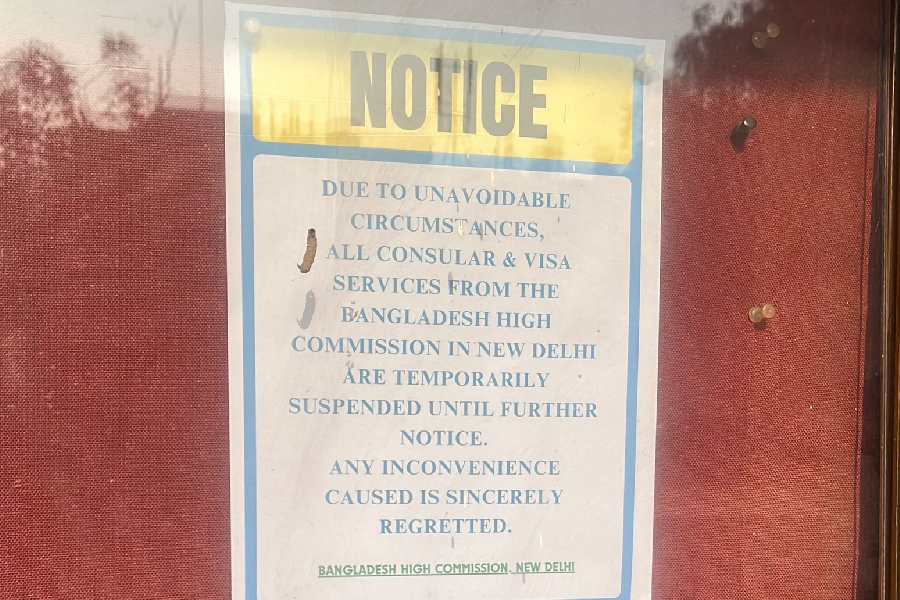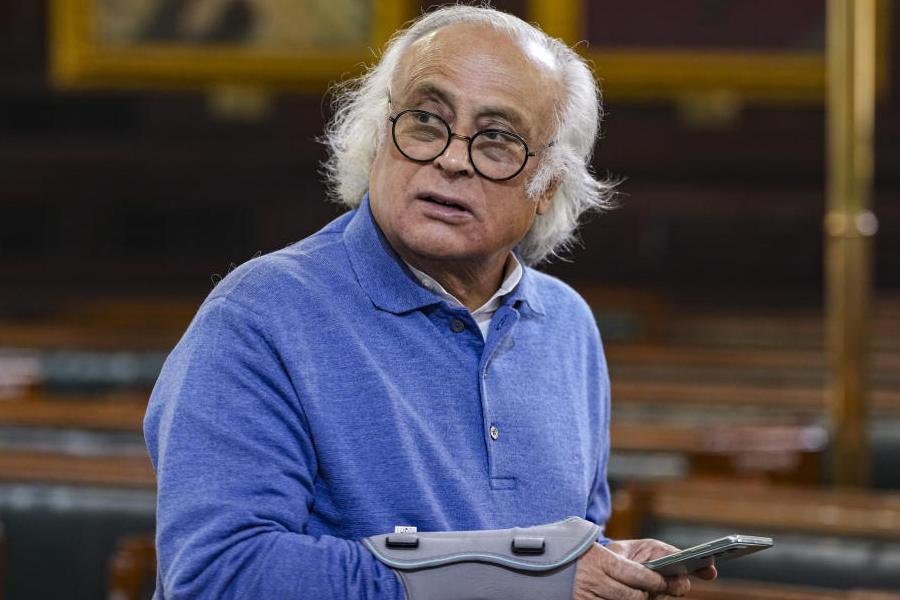The way we watch content has changed and so has our perspective on creativity. Imagine watching a video — in portrait mode — of a couple discussing art. Had the vertical screen had more space, it would have revealed that phrases like ‘muted tones’, ‘negative space’ and ‘broken colour’ actually pertained to a five-year-old merrily throwing colours on a canvas. Vertical and landscape modes can make a world of a difference, something the developers of Firework know.
The free smartphone app for users to share 30-second videos with strangers at times give out a TikTok feel and sometimes has a Snapchat-y vibe. The much-more-than-that factor comes in the form of a technology it calls “reveal”. Unlike other social video apps, “reveal” allows users to film vertically and horizontally simultaneously. While shooting, the person knows which part of the frame would appear in vertical mode and obviously everything gets featured in landscape. While watching, viewers can turn their devices (without disturbing the video) to get the bigger picture, which turns viewing and editing videos on its head.
If you are wondering about the potential of Firework, a recent report in The Wall Street Journal has upped the curiosity factor — Google is reportedly in talks to acquire the TikTok rival. The report also says that Weibo, China’s version of Twitter, is interested in the app. Launched in Redwood City, California, in 2018, Firework has secured funding from Lightspeed and IDG Capital and reportedly has a few million subscribers, who are mainly people with a creative bent. The founders, too, are worth following — CEO Vincent Yang, a Stanford MBA and previously cofounder and CEO at EverString; and COO Jerry Luk, employee No. 30 at LinkedIn and previously at Edmodo. Of course, Firework has no intention of staying restricted to the US. A few days ago it appointed Sunil Nair as its CEO and MD in India. Nair was previously COO at AltBalaji. The product team members come from successful firms, including Snapchat, Instagram, Pandora, Universal Music, Warner Brothers and more.
A ‘classy’ platform
Spreading the word are the likes of actor Rajeev Khandelwal, who is a private person and his tweets are more like announcements. Yet, the man has boarded the platform with a series that talks about his life, what it takes to be an actor and motivation.
“I am a guy who believes he is not meant for social media; I am not comfortable with it. Right from childhood, Orkut to Facebook to Twitter to Instagram, I haven’t been comfortable with it. I am present on Twitter but I maintain a low profile. I don’t do much of hashtags or retweeting and I don’t take part in public forums and all that. My well-wishers advice me to be on social media... be active on the platforms. But if I have to be present on social media, Firework makes sense. First, if I have to describe the platform, the word I would use is ‘classy’. It’s a classier version of any other SM app. The app is not about hunting for likes; one can only repost. Commenting is not allowed, which is good. Second, for people who have been wanting to know a little bit more about me — I don’t talk much to the press — this is the place to find me. I share certain aspects of my life on Firework, things that may help or inspire users. It can also be simple entertainment,” Rajeev tells The Telegraph.
No commenting means no trolling, something that puts off most users. Users can only privately message a video’s creator but they can’t comment on the video itself. “It’s not that I am bothered with trolls. There is also the option to ignore but it’s a human thing to read something and feel disturbed. Generally, I don’t read comments — good or bad. The moment you say something, some people would say just about anything. Since that option is not there, it won’t be a nasty world. If you like something, repost. That’s it. At times I wonder how people can write such nasty things,” he adds.
Rajeev’s series is a part of the Firework Originals segment, which is much like Snapchat. Hopefully we will get to see much more than the existing Fireside Chat and Firehouse Coffee. Given the fact that the company has worked with names like Flo Rida, Dexter Darden, model and Miss USA Olivia Jordan and Disney star Jordyn Jones, the platform looks promising.
Crisp storytelling
What’s driving the success is short video for strangers. You can post short videos on Facebook but how many are watching, and anything posted on the timeline gets viewed by friends and family. You can do it on TikTok but the app from Beijing-HQed ByteDance is all over the place when it comes to content bracketing. Here the user has 30 seconds to come up with a creative video with two twists. The first, “reveal”. Second, GEMI. This is another game-changer, which is currently available on the iPhone 11. GEMI captures moments with front and back cameras simultaneously to create an immersive experience. The videos are shot split-screen, giving viewers a clearer picture of what’s being shown. Say, a person is skateboarding for the first time, wouldn’t you like to see the person’s reaction while you watch what he or she is doing.
Rajeev is excited about the feature: “Since I am new to the app, I haven’t used the feature. I think within a month or so I can become a great storyteller. Another reason I wanted to stay away from such things is that it sucks you in. It’s exciting and you want to experiment. I travel a lot, to places like Ladakh. Now I feel like telling my stories while travelling; stories that make sense.”
Of course, the 30-second time limit is also an attraction: “With so many things happening around the world, so many options available and so many things to watch, I realised that if I could hold a person’s attention span for just 10 seconds, then I am through. I’ve realised that a story can be told in 30 seconds and if I do it right, people would come back for the next one. I can narrate a story in 30 seconds.” With a laugh, he adds: “Options like these can spoil you. There are proper five-minute, two-minute films. Attention span is reducing but at the same time, if you can hold the attention of these people for 20 minutes, they would be in for longer films. It’s all about content. Earlier, you could make a three-hour film and even though one could have edited to leave out an hour, people had the patience because they didn’t have any other option but to take a few loo breaks. Now because there are options, all the filler moments in storytelling can be done away with. But I feel it’s about how you tell a story. People are willing to watch a story that’s crisp.”
Meanwhile, Mark Zuckerberg was busy last week with a hearing before the US House of Representatives financial services committee regarding the launch of Facebook’s cryptocurrency project, Libra. The world of creative apps are unfolding away from Washington’s Capitol Hill while the man is cooped up, hoping that members of his company are playing the cards right as Quibi (received $1 billion in funding from Hollywood studios, says CNet) is set to launch in 2020.










